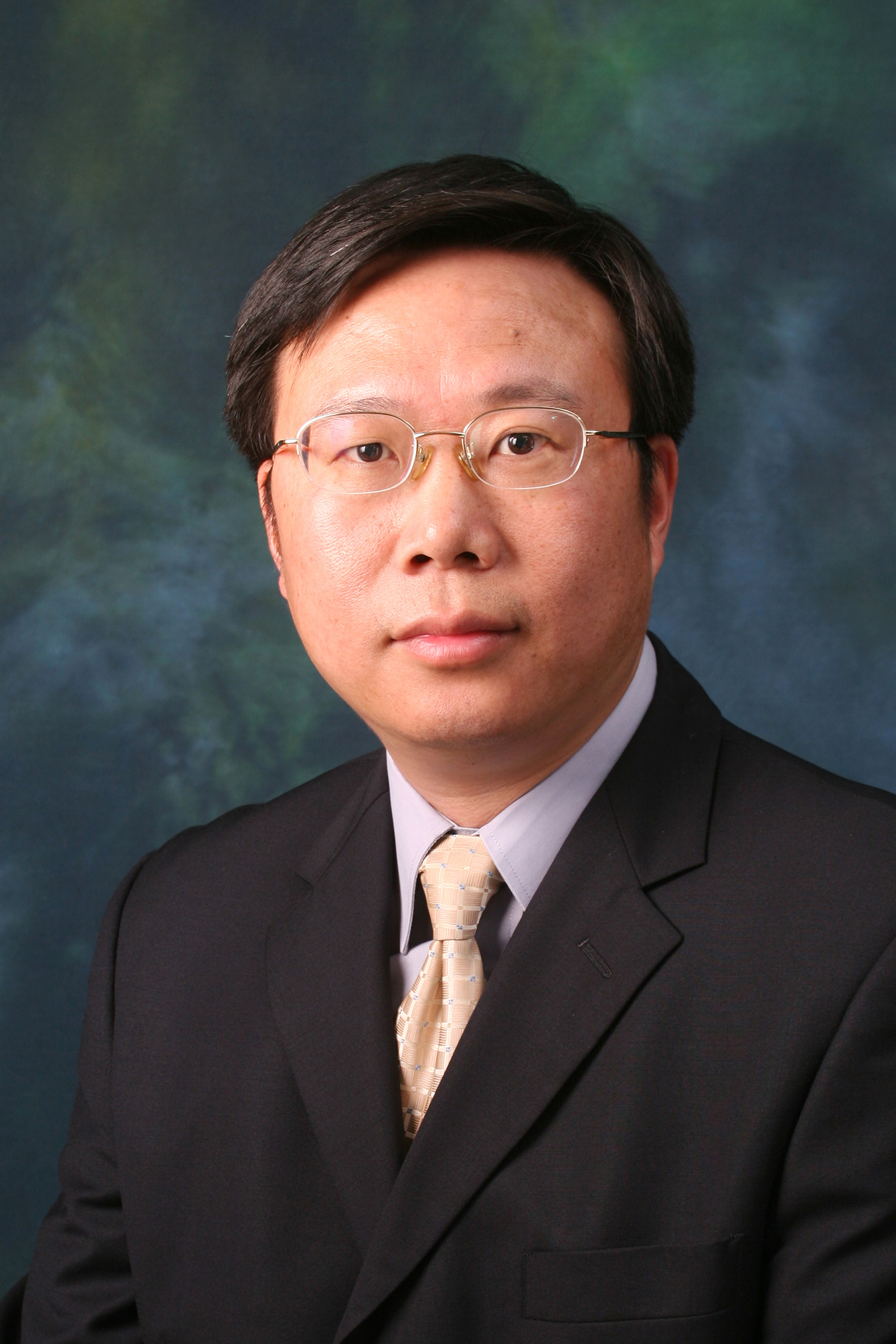Lehigh University
Office or Center Name Here
Jin-Guang Teng
Chair Professor of Structural Engineering, The Hong Kong Polytechnic University, Hong Kong, China
Structural Use of FRP Composites in Construction: Past Achievements and Future Opportunities
click here to view video
Friday, April 22, 2016– 4:30 pm
Location: Whitaker Lab 303, Lehigh University,5 E. Packer Avenue, Bethlehem, PA
Jin-Guang Teng, Chair Professor of Structural Engineering, The Hong Kong Polytechnic University, Hong Kong, China: J-G Teng has conducted research over the past three decades on a wide range of topics within the broad field of structural engineering, including the structural use of fiber-reinforced polymer (FRP) composites in construction and steel & thin-walled structures. He has authored/co-authored over 180 SCI journal papers, leading to over 6,000 citations according to the Web of Science Core Collection. His work has impacted significantly on relevant design guidelines/codes in Australia, China, Europe and the United States.
Dr. Teng’s research contributions have been recognised by many awards/prizes, including the State Natural Science Award of China, Distinguished Young Scholar Award from the Natural Science Foundation of China, the IIFC Medal from the International Institute for FRP in Construction (IIFC), and the State-of-the-Art of Civil Engineering Award from the American Society of Civil Engineers. He serves as one of the two Editors-in-Chief of the international journal “Advances in Structural Engineering” and a member of the editorial boards of 7 other SCI journals. He has been a member of the Scientific/Academic/Technical/Advisory/Steering Committees of over 130 conferences/symposia, and has delivered keynote/invited presentations at over 70 conferences/symposia. He was elected a Fellow of the Hong Kong Academy of Engineering Sciences in 2013 and a Corresponding Fellow of the Royal Society of Edinburgh in 2015.
Structural Use of FRP Composites in Construction: Past Achievements and Future Opportunities. Fiber-reinforced polymer (FRP) composites are formed by embedding continuous fibers (e.g. carbon, glass and aramid fibers) in a polymeric resin matrix. The advantages of FRP composites include their excellent corrosion resistance, high strength-to-weight ratio and tailorability of material properties. They also have some significant weaknesses, including a relatively poor fire resistance and relatively high costs. Over the past two decades, FRP composites have gained increasingly wide acceptance as a new class of construction materials, initially in the strengthening of existing structures and more recently in the construction of high-performance new structures
This presentation will provide a review of the major achievements in the structural use of FRP composites in construction over the past two decades, covering both research and practical implementations. A strong emphasis will be placed on the optimal use of FRP composites to enhance the performance of structures, which often means that FRP composites need to be used in combination with traditional materials such as steel and concrete. In the area of strengthening, externally bonded FRP reinforcement is now a mainstream technology. In the area of new construction, many innovative structural forms enabled by FRP composites are being explored. The presentation will also examine future opportunities and challenges in the area.
